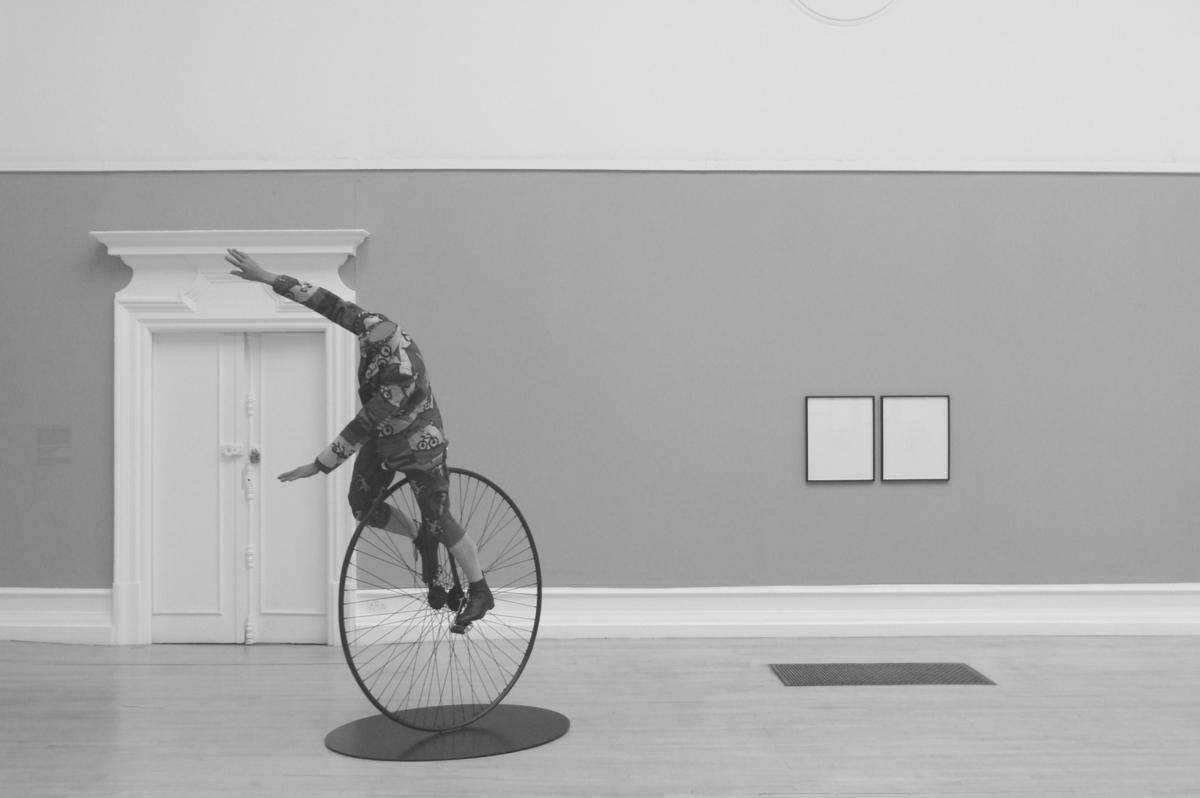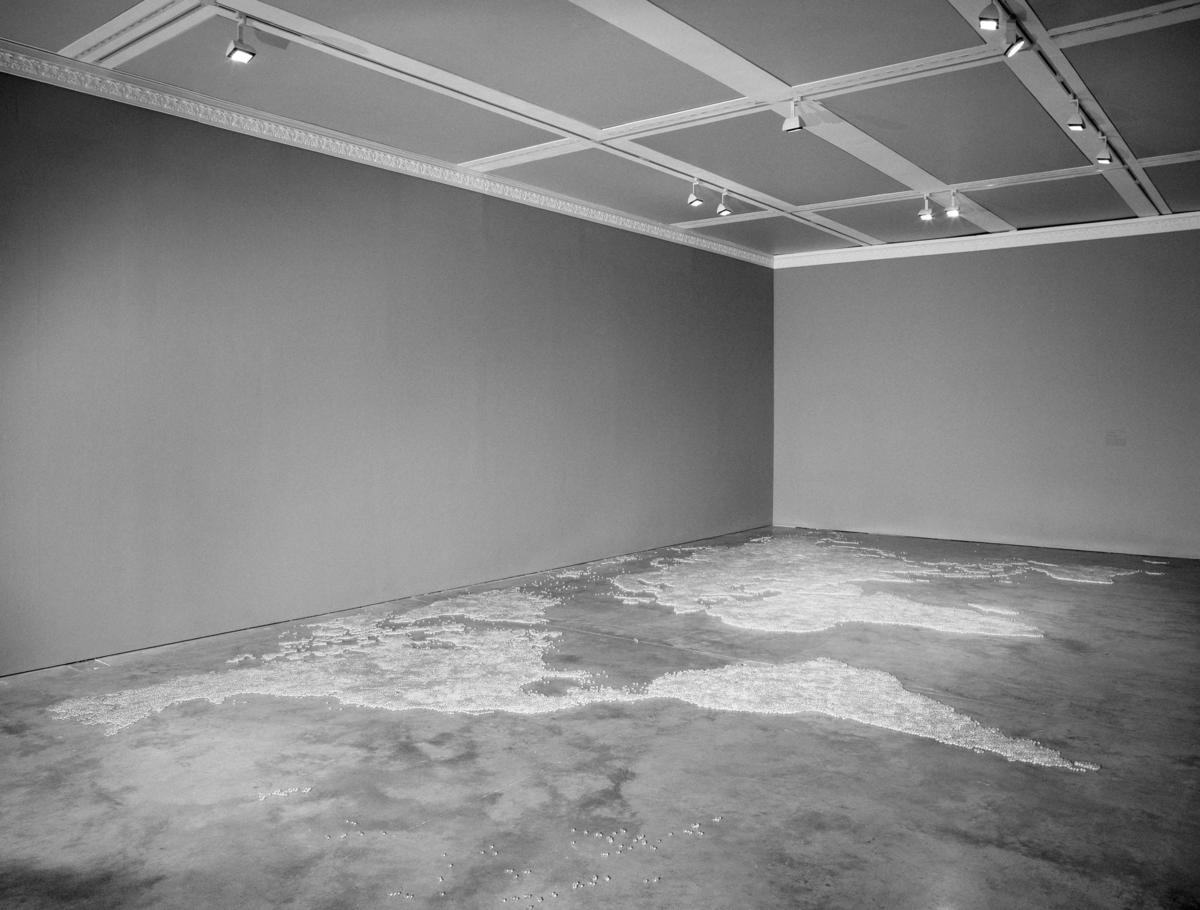
London
Around the World in Eighty Days
ICA/South London Gallery
May 24–July 16, 2006
Presented across two major venues in London, “Around the World in Eighty Days” used Jules Verne’s novel of the same name as a starting point for “considering art, history, and the social construction of places, spaces. and identities, from both a local and global perspective.” Through the book’s particular perspective of the nineteenth century colonialist era, this exhibition-as-a-journey investigated London in terms of how the city’s diverse and ever-shifting artist population reflects its history of migration and internationalism.The exhibition included a somewhat peculiar selection of artists, ranging from interesting emerging artists based in the UK, such as Rosalind Nashashibi, Alexandre da Cunha, and Francis Upritchard, to standard post-colonialist stalwarts such as Zineb Sedira and Yinka Shonibare. Whether the artist population is reflective of society at large in these terms is a significant question, but perhaps more relevant is whether the diverse nature of London’s artistic community is really grounds enough for such a large-scale exhibition.
Embarking on our journey at the ICA’s presentation, Mona Hatoum’s work Map (1999) consisted of a large map of the world configured from countless glass marbles placed on the floor. Knocked around by the comings and goings of visitors,the map was designed to gradually shift and dissipate over the eighty-day duration of the exhibition, and so comment on the fluidity of geographical boundaries. However, the organizers had surrounded the work with a museum-style cordon that prevented visitors from getting close to it, negating the intention of the work in the process. There were a couple of highlights to the show, including Runa Islam’s captivating short film First Day of Spring (2005) and also da Cunha’s fancifully kitschy sculptures of flags Velour Series (2005–6). But in general, the exhibition design left little opportunity for works to come into their own. The walls of the galleries were painted blue, with short excerpts from Verne’s novel presented throughout in gold vinyl text. The intention was no doubt to give a sense of being in another era, journeying through a piece of fiction and through a geographical setting. Visually speaking, the design was overly dominant and at times ran the risk of eclipsing the exhibited works.

The South London Gallery’s presentation was noticeably stronger, mainly due to the curators’ closer, discursive relationship with participating artists. The gallery was cleanly divided into sections for sculptural and wall-based works, and a space for video. Unfortunately, the blue backdrop was again dominant, and the show only included a few strong works. Shonibare presented Man on a Unicycle (2005), another of his sculptural works illustrating his ongoing concern with African identity and its relationship to Europe’s colonial past.
Initiated by Jens Hoffmann, the outgoing head of exhibitions at the ICA, the exhibition is the first in a series that takes renowned works of fiction as a point of departure. My main concern with “Around the World in Eighty Days” was that it was formulated in a way that was too much about illustrating the grand ideas it was aiming to tackle. The exhibition also claimed to focus on artists born outside the UK but currently based in London. However, not all the artists met this description — Yinka Shonibare was born in London and Rosalind Nashashibi in Surrey, for example. Did the exhibition intend to “racialize” the practitioners involved in order to highlight a certain ethnic diversity? It is too easy, and perhaps unfair, to see Around the World cynically as a box-ticking exercise in presenting cultural diversity. But in some ways it did visibly define in ethnic terms many of its participants — a common problem in many British public institutions today. It even presented a clear generational divide in methodology used to investigate tropes of globalization, with the older generation here being interminably preoccupied with representing postcolonial identity and the younger exploring more nuanced fields of inquiry.